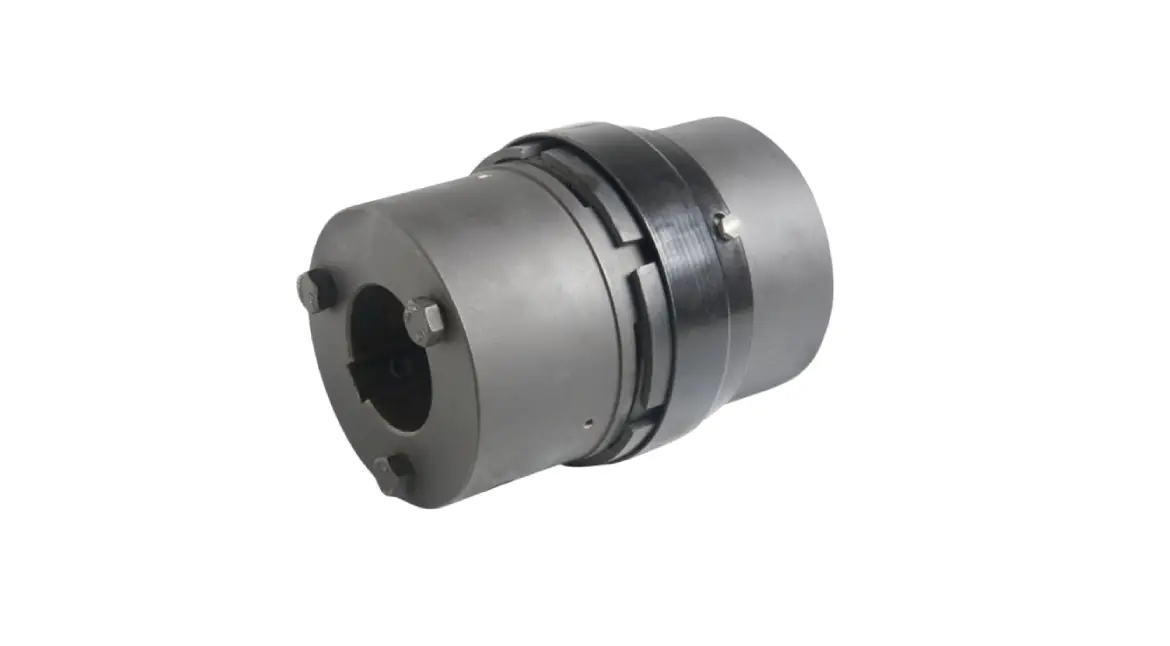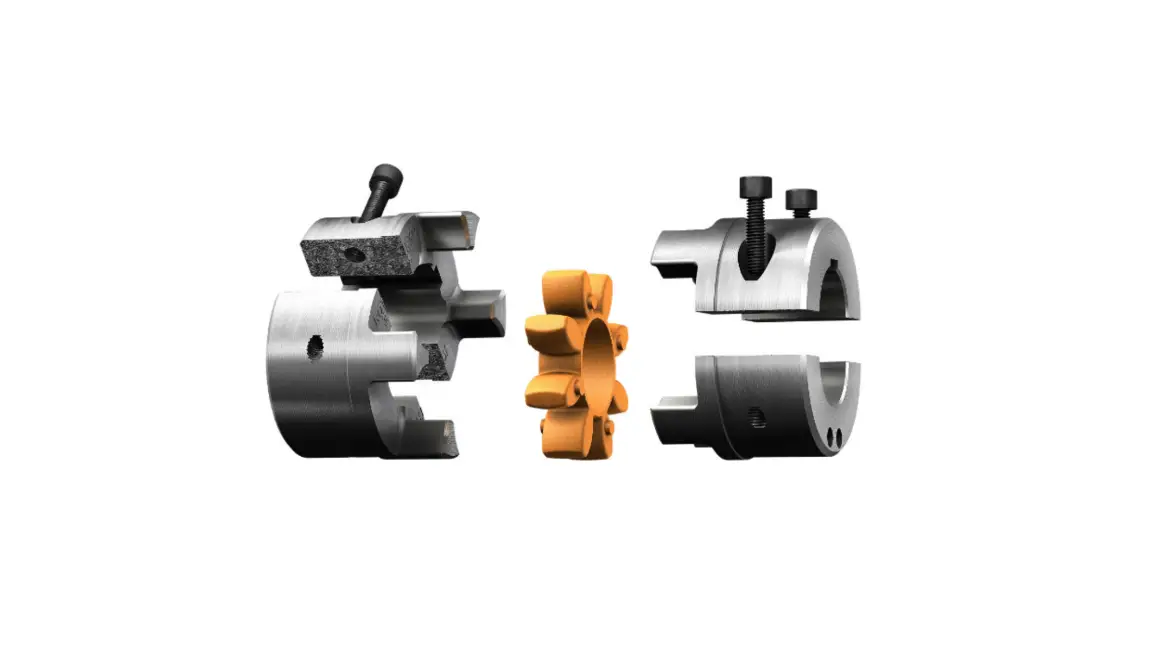

Call Us
+91 90031 17307Send Us Mail
[email protected]
A jaw coupling is a mechanical device used to connect two shafts in order to transmit torque while accommodating minor misalignments. It is commonly found in various mechanical systems due to its simplicity, reliability, and cost-effectiveness.

Standard jaw couplings are the most basic type, consisting of two hubs and an elastomeric spider. They are suitable for general-purpose applications.

Curved jaw couplings have a more advanced design with curved jaws that provide better misalignment handling and vibration dampening.
Keyless jaw couplings offer a more flexible and easy-to-install option, eliminating the need for keys and setscrews.
The hubs are the parts of the coupling that attach to the shafts. They come in various designs to fit different shaft sizes and configurations.
The hubs are the parts of the coupling that attach to the shafts. They come in various designs to fit different shaft sizes and configurations.
The spider, made from elastomeric material, sits between the hubs and absorbs vibrations and shocks, allowing for smooth torque transmission.
Setscrews are used to secure the hubs to the shafts, ensuring a tight and reliable connection.
Keyways are slots in the hubs that accommodate keys, providing additional security against slippage.
Jaw couplings transmit torque from one shaft to another through the interlocking jaws and the elastomeric spider.
They can handle minor angular, radial, and axial misalignments, protecting the machinery from excessive wear and tear.
Metal hubs, usually made of Cast Iron, steel or aluminium, provide strength and durability.
Spiders are made from various elastomeric materials like rubber or polyurethane, chosen for their specific damping and flexibility properties.
In some advanced applications, composite materials are used to enhance performance and reduce weight.
Jaw couplings are relatively inexpensive, making them a popular choice for many applications.
They are designed to last, with robust materials and construction that withstand harsh operating conditions.
Simple design and easy-to-replace components make maintenance straightforward and cost-effective.
Jaw couplings are versatile and can be used in a wide range of applications, from light-duty to heavy-duty industrial machinery.
While they can handle minor misalignments, jaw couplings are not suitable for applications with significant misalignment.
Over time, the elastomeric spider can wear out, requiring periodic replacement.
In high-speed applications, jaw couplings might not perform as well as other types of jaw couplings due to their design limitations.
Jaw couplings are widely used in various industrial machines, Pumps and Compressors, conveyers, and Material Handling


